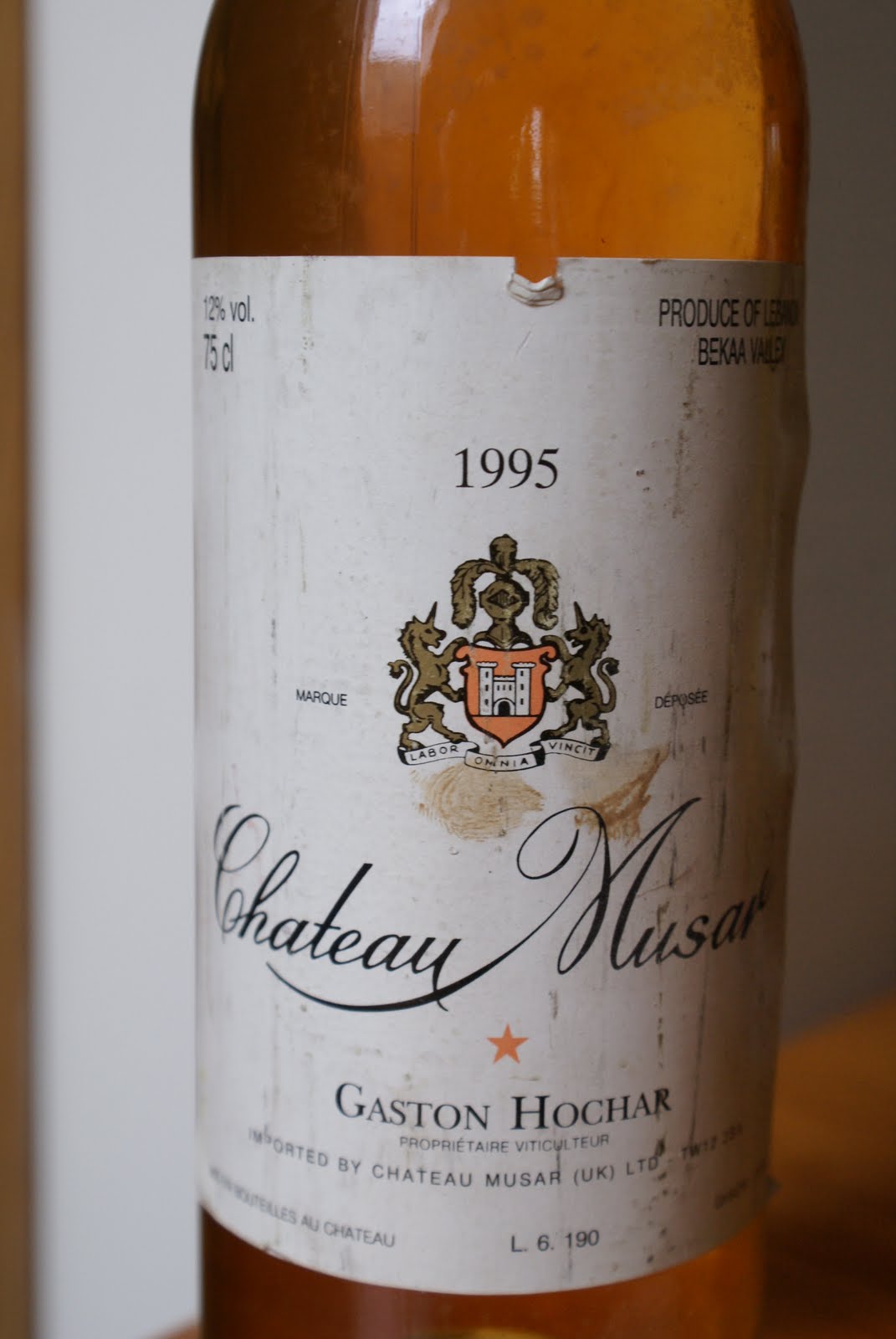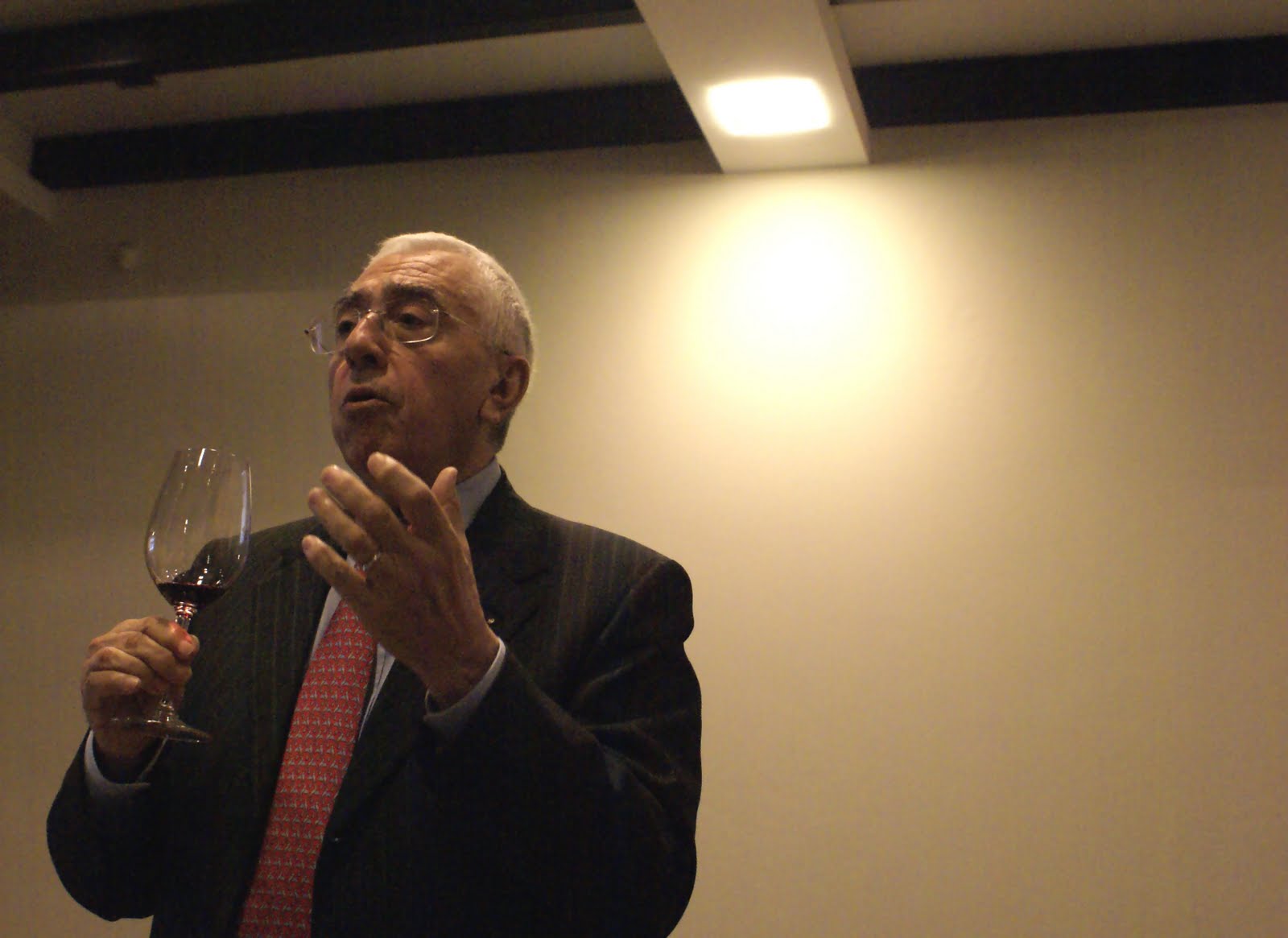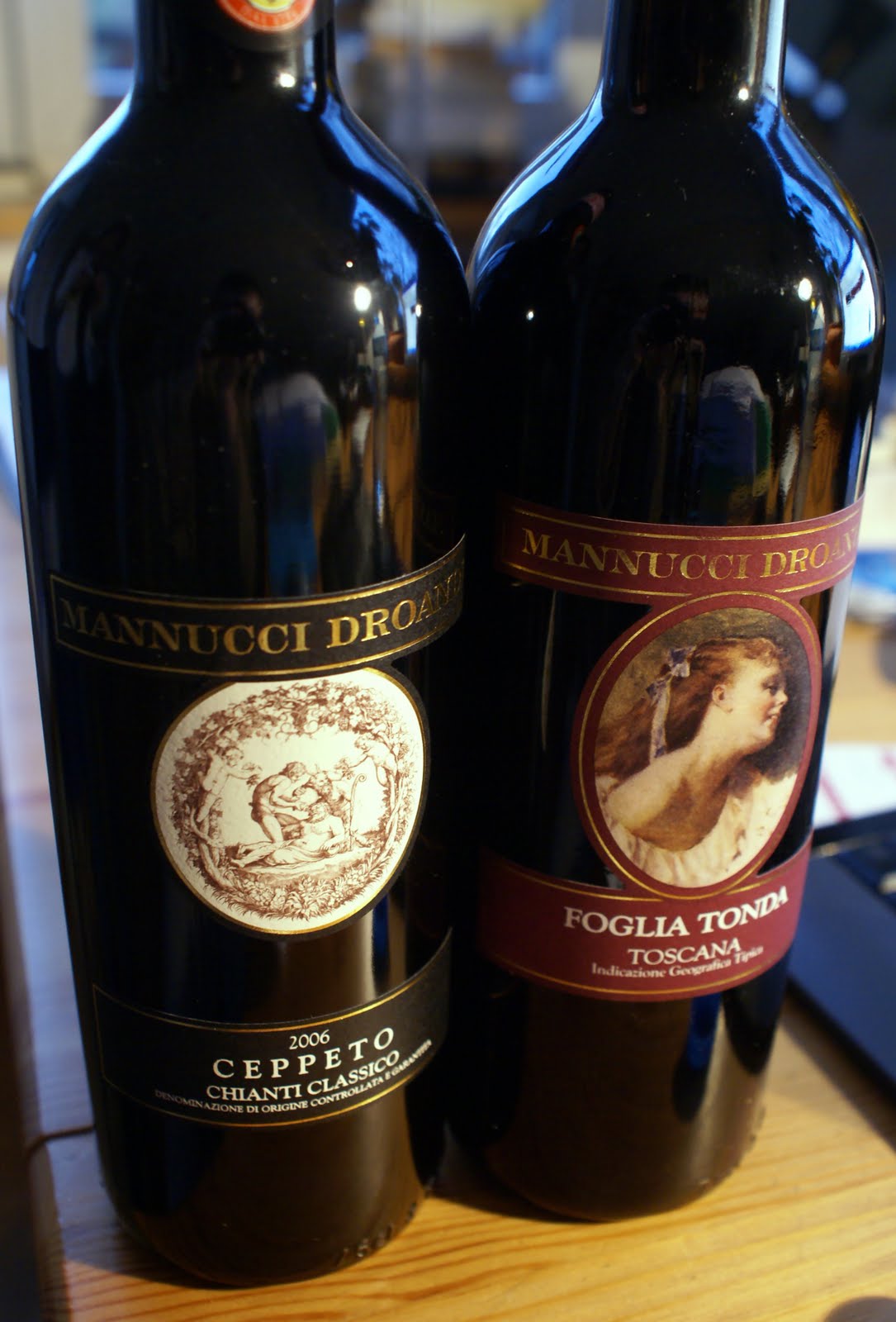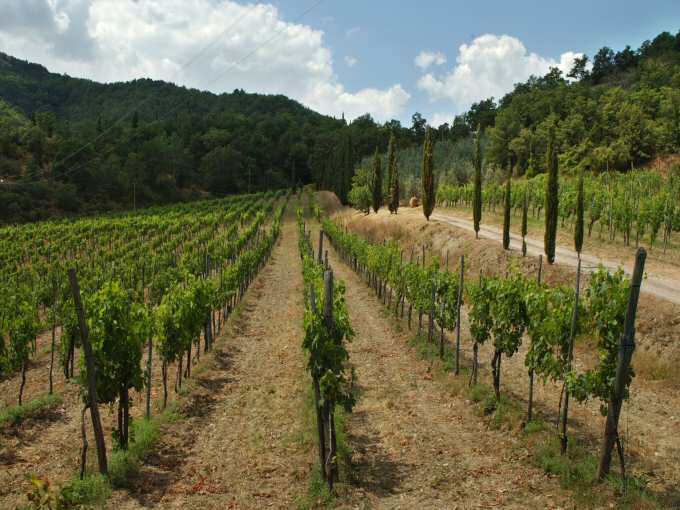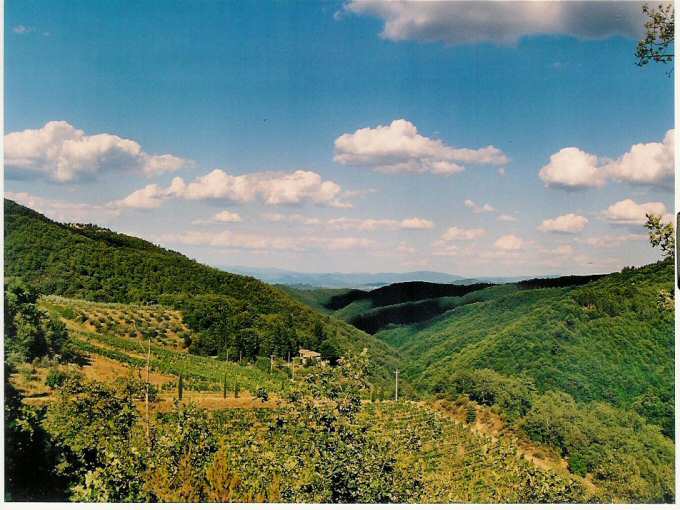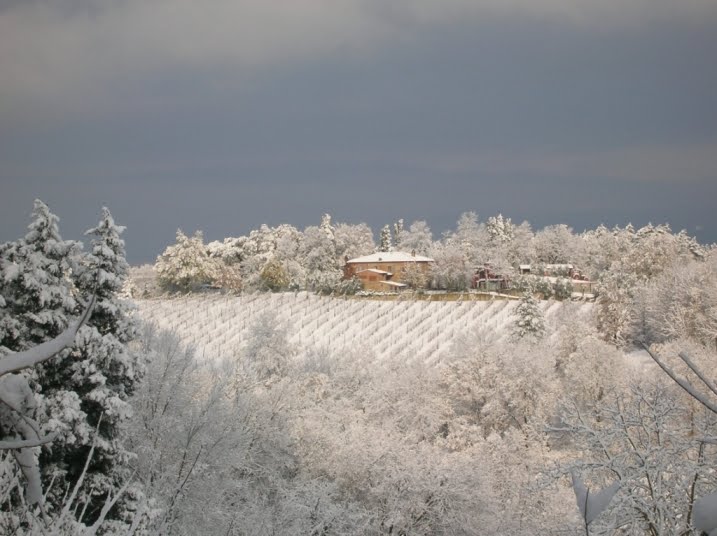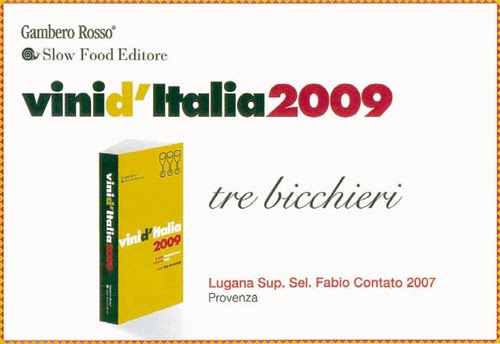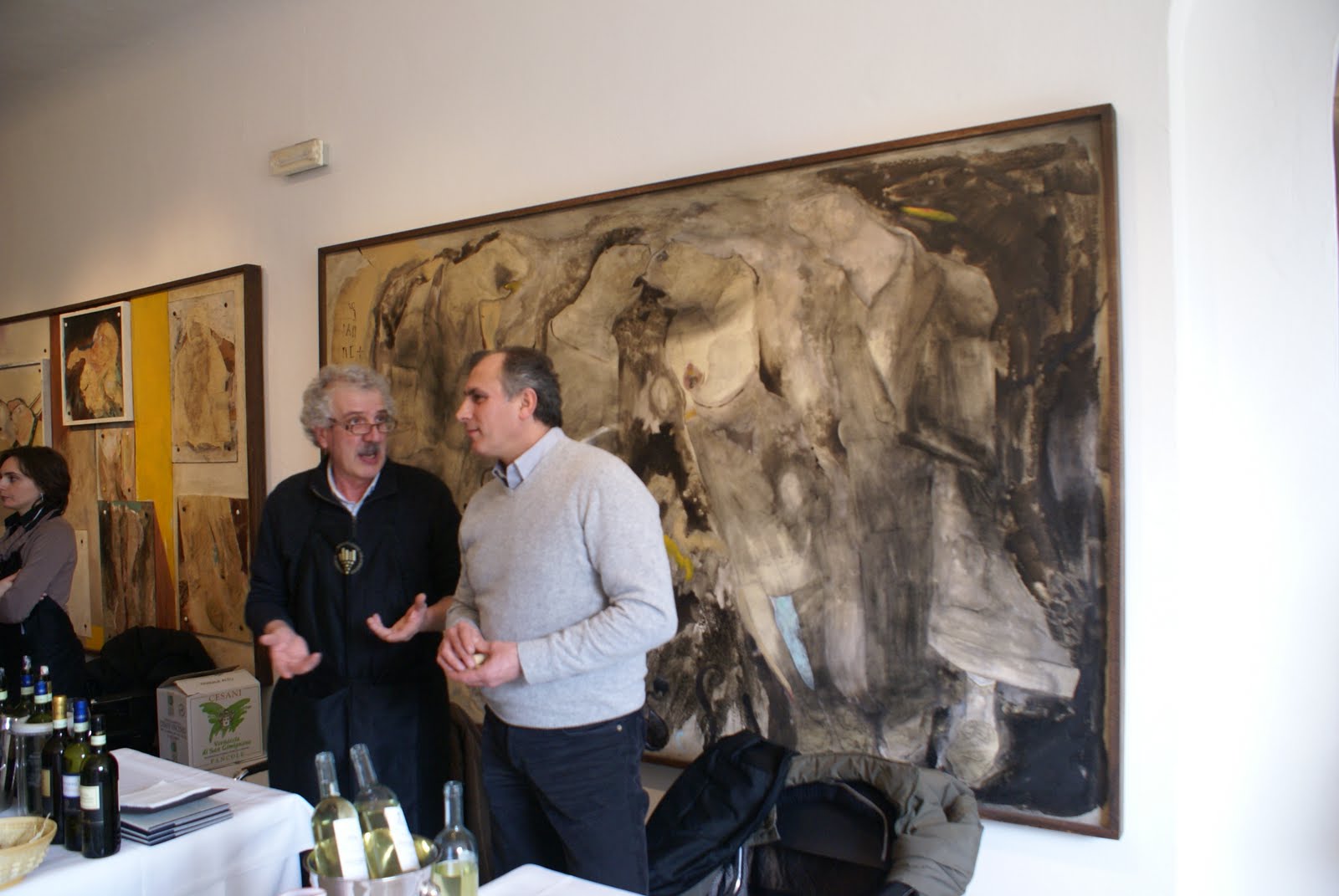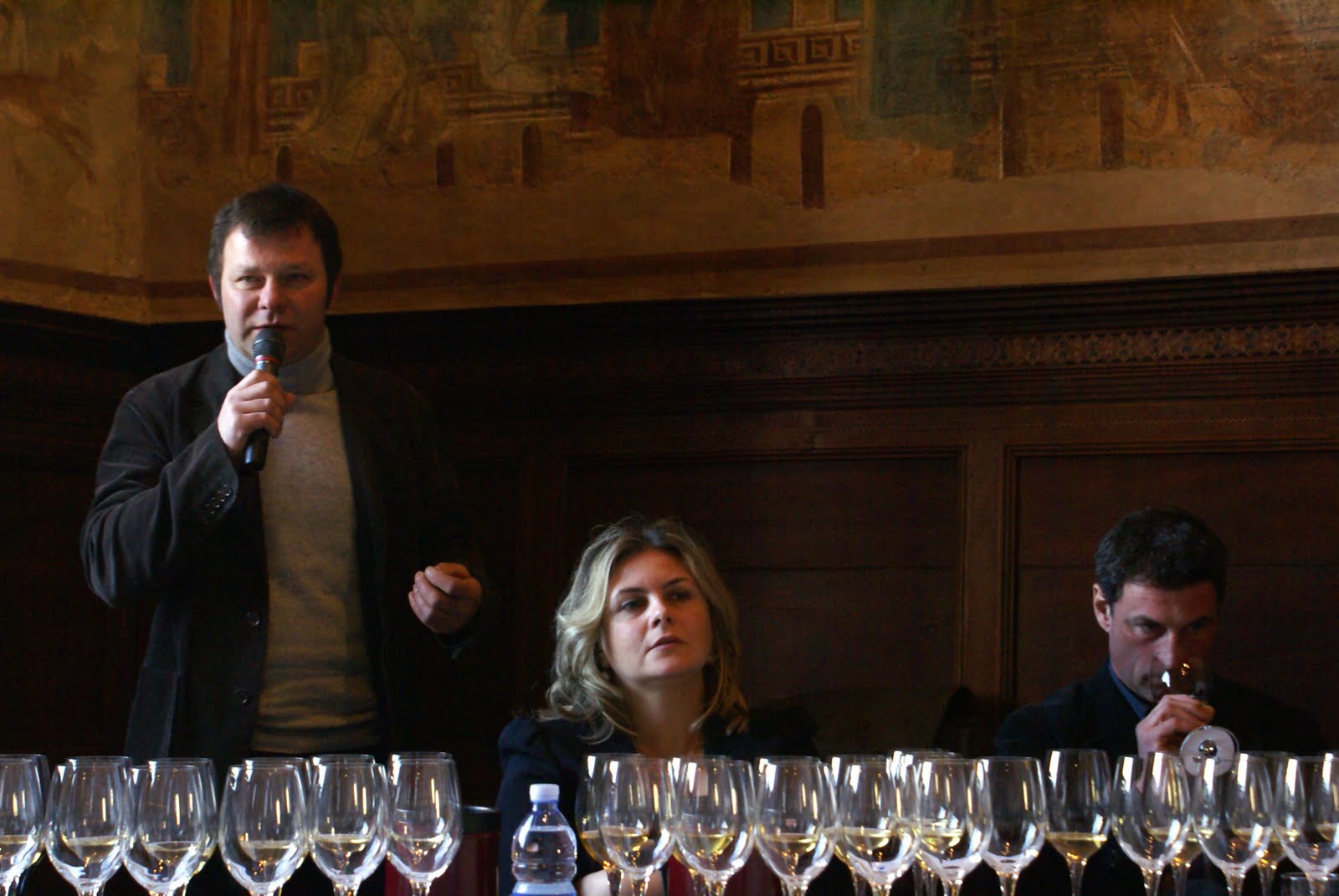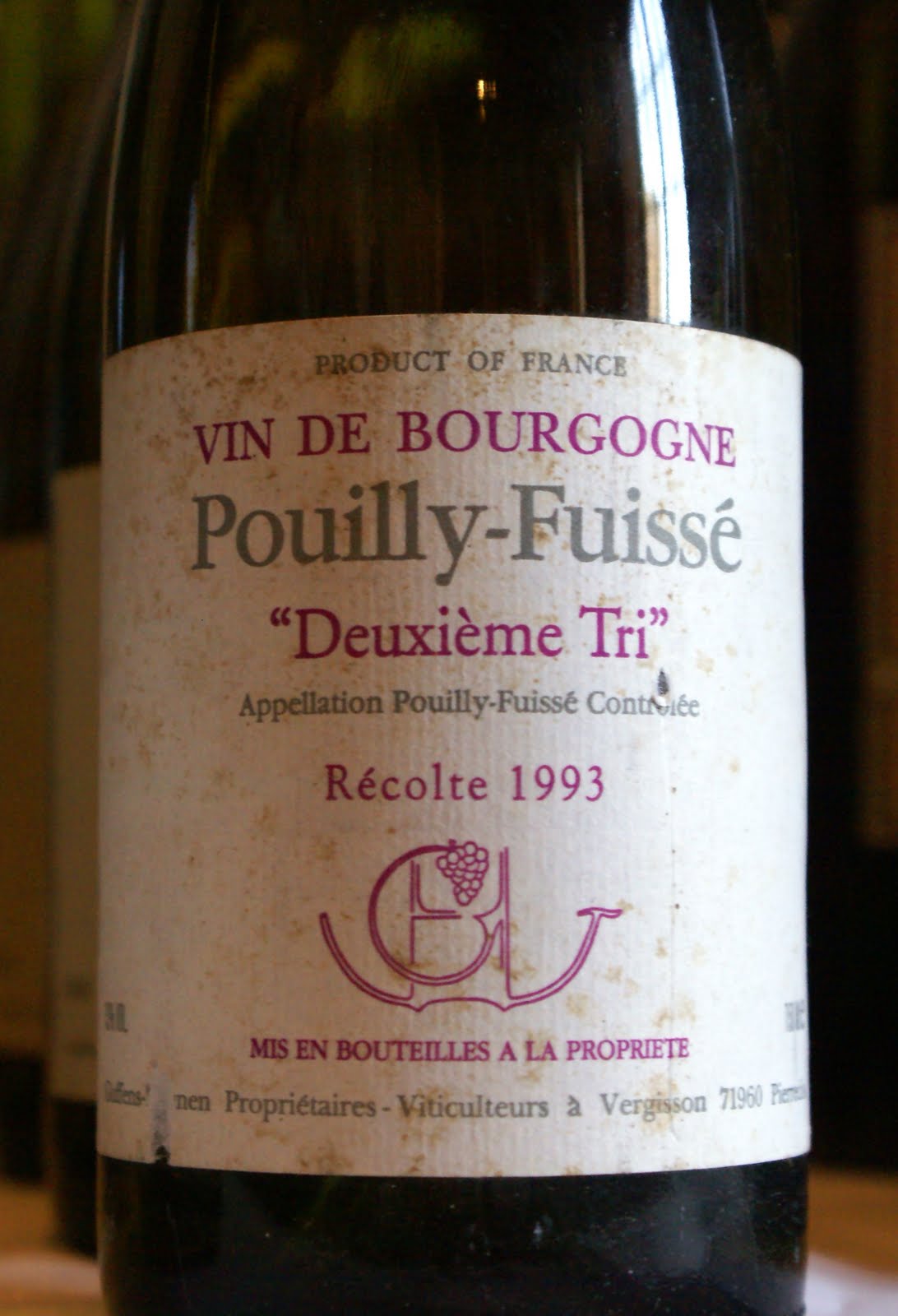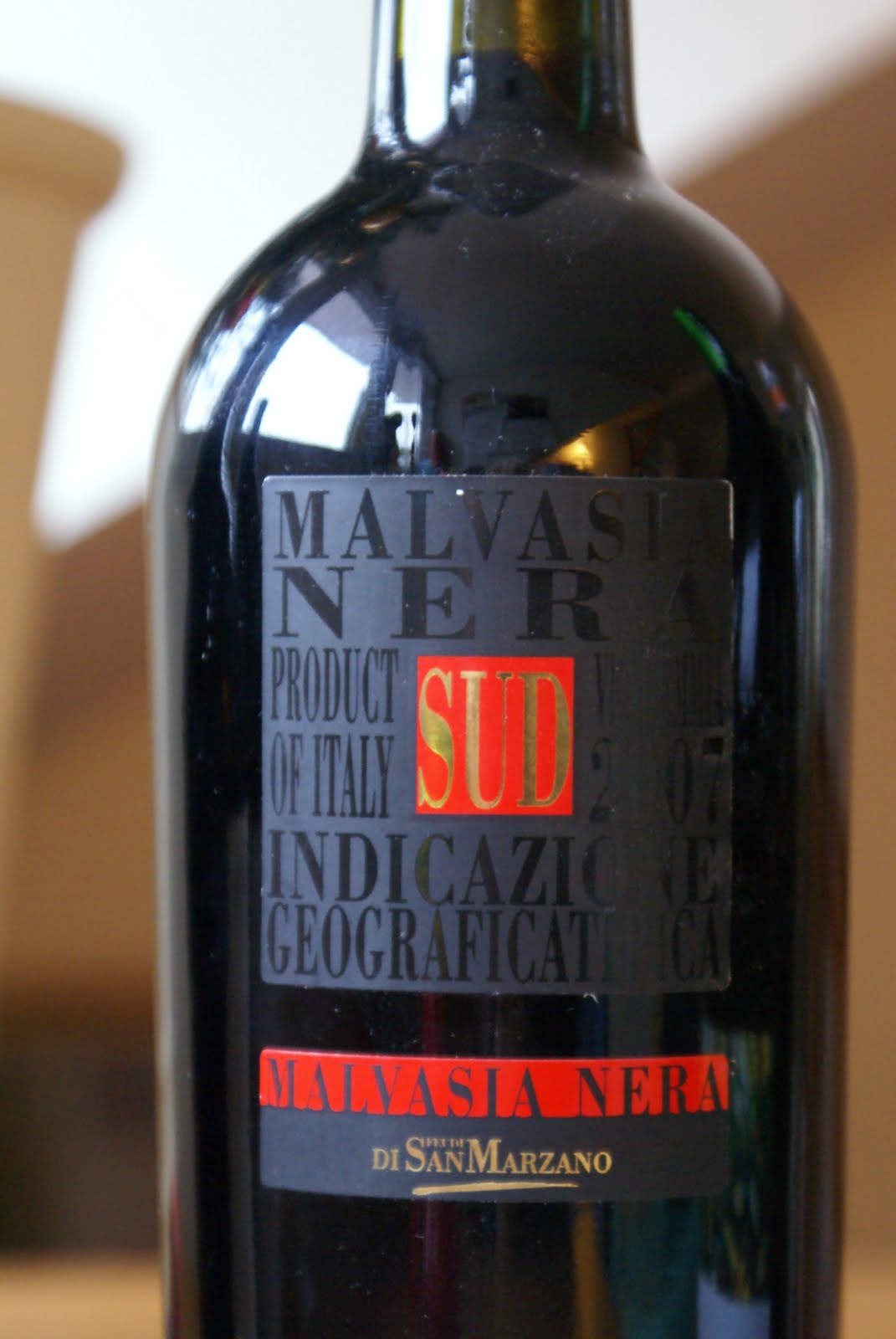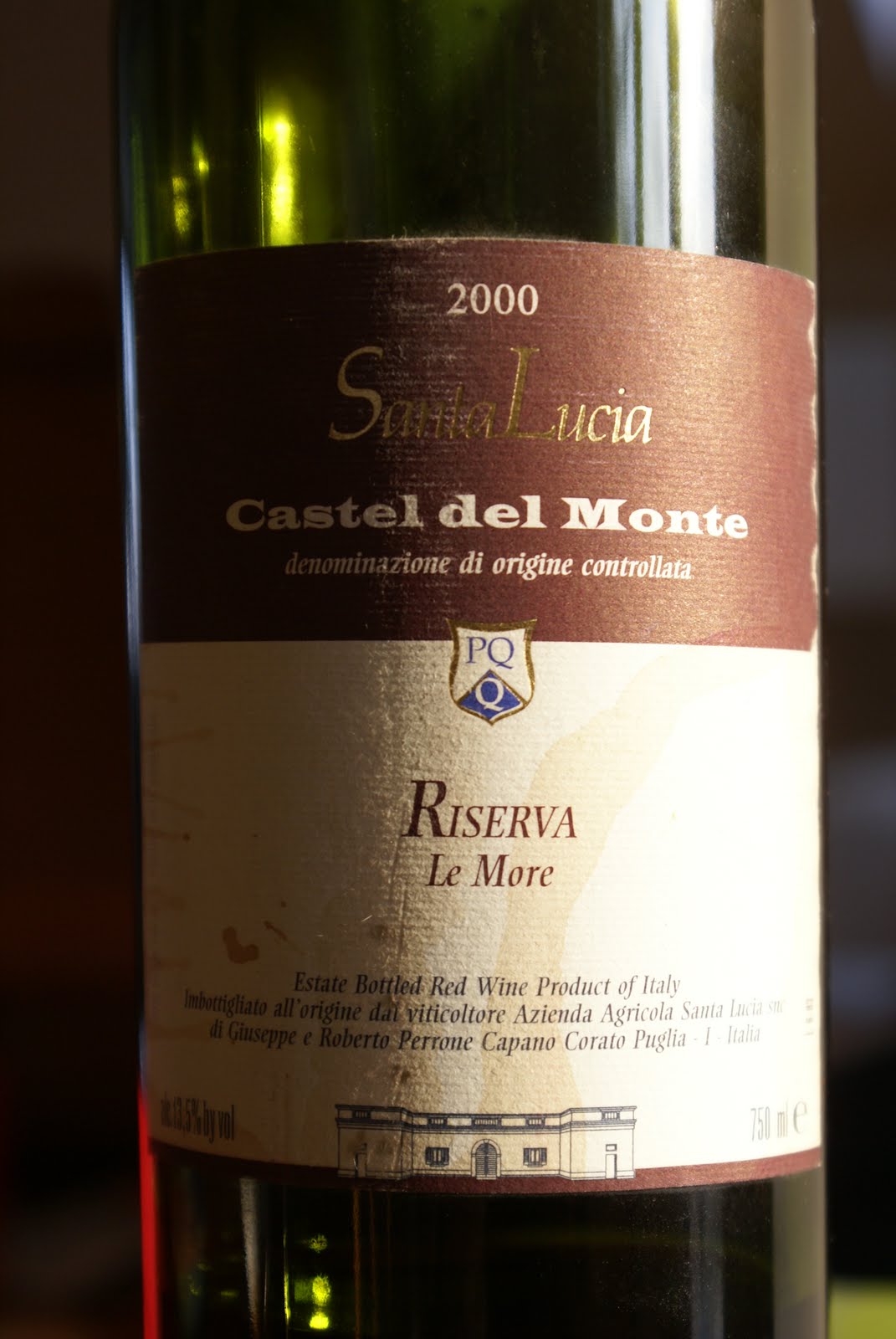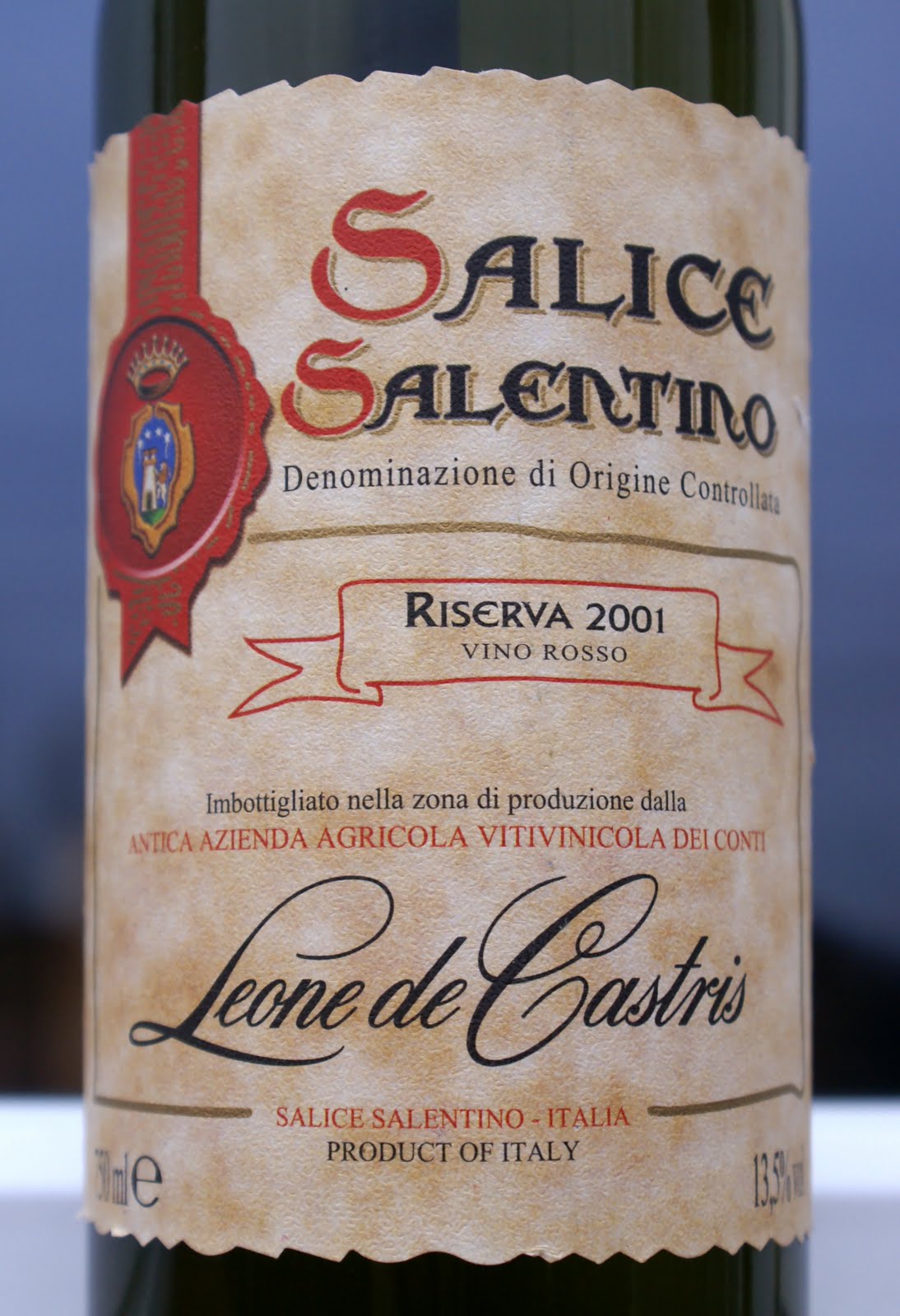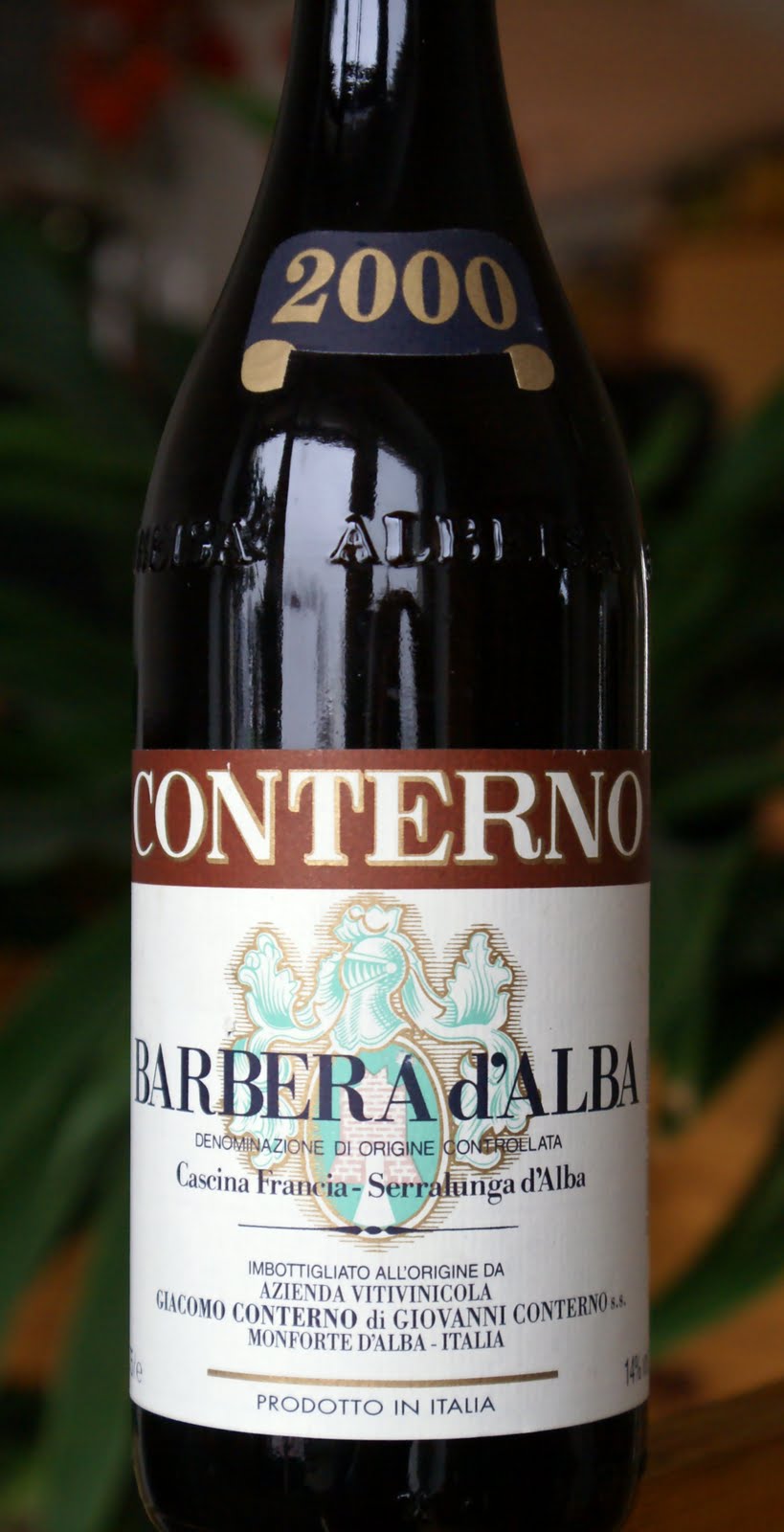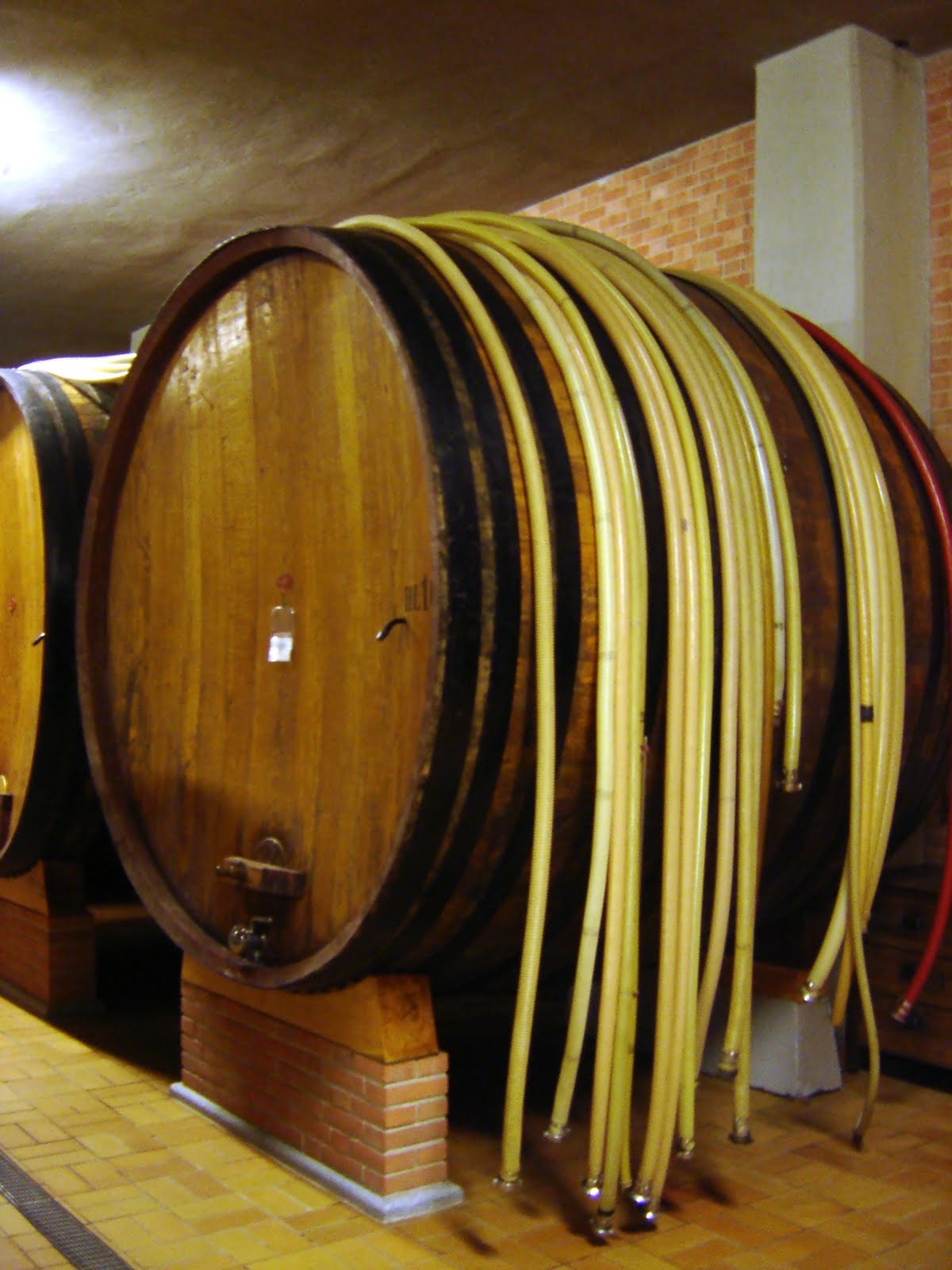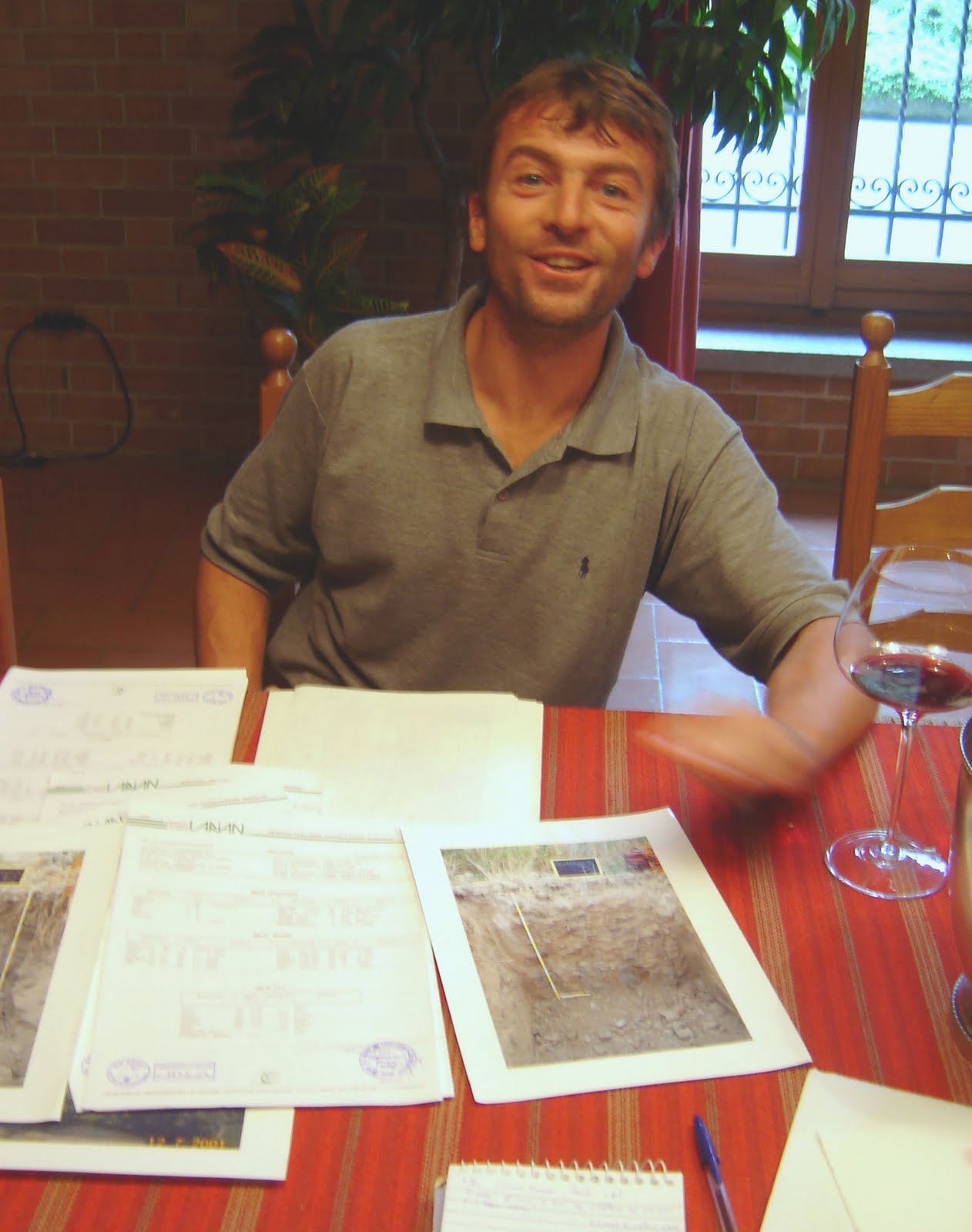Château Musar Rosé 1995
Château Musar is known to wine lovers all over the world for its fantastically idiosyncratic red wine that ages for decades and never seem to tire. Among hardcore Musar fanatics, however, it’s the estate’s white wine that often takes first stage: it’s even more ageworthy than the red version (the 1954 is still drinking superbly, I’m told; quel dommage I finished my last bottles in 1972…), and crazier. Musar also makes a rosé which is rarely given any attention. And yet it’s made of the same local varieties as the white: Merwah and Obaideh, with a splash of Cinsault for roséness. There’s no reason why it should age less well than the Blanc and Rouge. With any of the latter, I wouldn’t be worried about a 1995, but when I bought this bottle of the Rosé at London’s City Beverage Co. (a great source for older Musar vintages), I was told by the owner to drink up soon.
He was wrong. This wine is fresh as a daisy. In the bottle, the colour doesn’t even look so much aged: a Cinsault medium deep pink with perhaps some rustiness. Upon opening this is a little smelly and reductive, tertiary, with that toasty, searing quality of aged white Musar. However with airing and served at 16C this is getting better and better. Nose is that of a red wine, perhaps even older port with a pruney, confiturey opulence, but palate has the bracing oxidative energy of the Musar whites. While the acidity might be a bit punchy for most palates, the lovely textural finesse of Cinsault-generated wild strawberries is irresistible. This somehow is a little wild and pungent and at the same time shows an elegance that is out of this world.
A wine of real dimension with fantastic poise and personality. And not at all evolved: can go on for at least another 10 years. Challenging but really a transcendental bottle of rosé.


